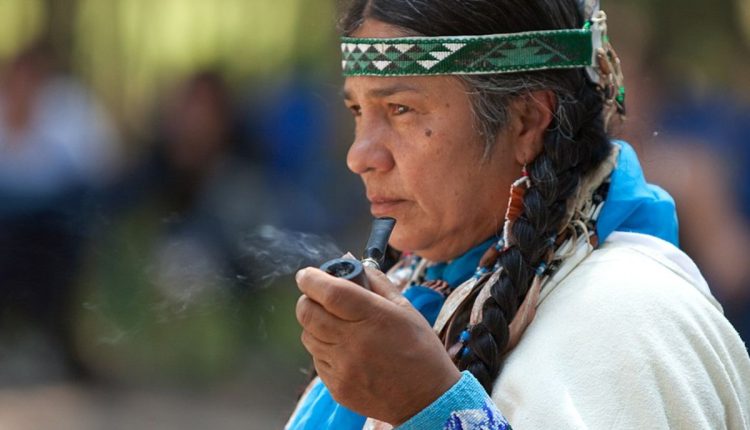The Pomo Tribe, native to Northern California, boasts a rich cultural heritage and a deep connection to their land. Here are 29 intriguing facts about the Pomo people:
- Ancient Roots: The Pomo have lived in California for thousands of years, primarily in the areas around Clear Lake, the Russian River, and the Pacific Coast.
- Name Meaning: The name “Pomo” is derived from a native term meaning “those who live at red earth hole,” referring to their geographic origins.
- Language Diversity: The Pomo language family consists of seven distinct but related languages.
- Bountiful Land: The Pomo region was rich in natural resources, providing ample food and materials for daily life.
- Basket Weaving Mastery: The Pomo are renowned for their exquisite basketry, often adorned with intricate designs and made from willow, redbud, and other native plants.
- Ceremonial Dances: Traditional Pomo dances play a crucial role in their cultural and spiritual life, often performed during significant ceremonies.
- Fishing Expertise: They were skilled fishers, using nets, traps, and spears to catch fish from local rivers and lakes.
- Acorn Staple: Acorns were a dietary staple, ground into flour and made into bread or mush.
- Rich Mythology: Pomo mythology includes a rich tapestry of creation stories, featuring characters like Coyote and Thunder.
- Petroglyphs: The Pomo created intricate rock carvings and paintings, some of which are still visible today.
- Seasonal Migration: The Pomo often migrated seasonally to take advantage of different food sources.
- Traditional Housing: They built roundhouses and tule-mat lodges, suited to the local climate and resources.
- Tool Crafting: The Pomo crafted tools and weapons from stone, bone, and wood, including arrowheads and fishing hooks.
- Trade Networks: They engaged in extensive trade with neighboring tribes, exchanging goods like obsidian, shells, and foodstuffs.
- Medicinal Knowledge: Pomo healers used a wide range of native plants for medicinal purposes, treating various ailments.

- Shell Bead Currency: Shell beads were used as a form of currency and were highly valued in Pomo society.
- Artistic Expression: Pomo art includes intricate beadwork, feather work, and decorated clothing.
- Fire Management: They practiced controlled burns to manage vegetation and promote the growth of desirable plants.
- Shamanic Practices: Shamanism played a vital role, with shamans conducting healing rituals and communicating with the spiritual world.
- Social Structure: Pomo society was organized into bands or villages, each with its own leadership and territory.
- Community Gatherings: Social gatherings and feasts were common, fostering a strong sense of community.
- Adaptation to Change: The Pomo have demonstrated resilience and adaptability, maintaining their cultural identity despite external pressures.
- Environmental Stewardship: Traditional Pomo practices reflected a deep respect for nature and sustainable resource management.
Related Articles:
- Atlanta Nightlife Scene Rattled: One Fatality and Three Injured in Club Shooting
- Tracking rain in SoCal, statewide Cal State University strike
- Essential Tips for Staying Safe in Rip Currents: Everything You Need To Know
- Contemporary Presence: Today, many Pomo descendants continue to live in Northern California, actively preserving their heritage.
- Language Revitalization: Efforts are underway to revive and teach Pomo languages to new generations.
- Cultural Festivals: Annual cultural festivals celebrate Pomo traditions, featuring dance, music, and storytelling.
- Artisan Recognition: Pomo artisans are widely recognized for their craftsmanship, especially in basket weaving.
- Legal Recognition: Several Pomo tribes are federally recognized, with established reservations and governance structures.
- Educational Programs: Pomo communities run educational programs to teach youth about their history, culture, and traditions.
These facts provide a glimpse into the rich heritage and enduring legacy of the Pomo Tribe, showcasing their contributions to cultural diversity and environmental stewardship.

